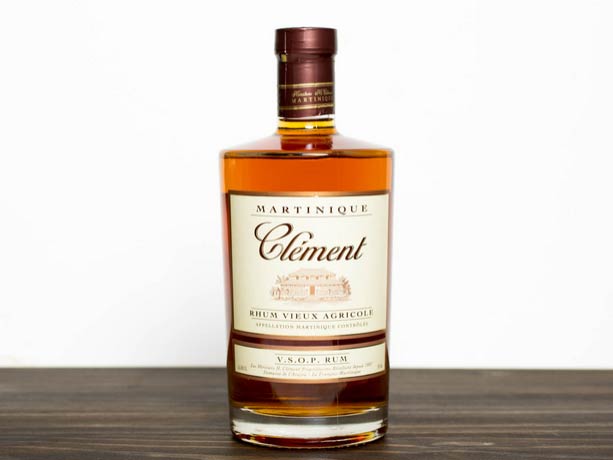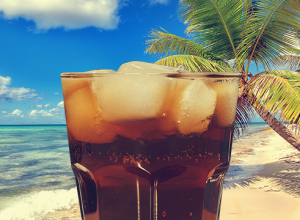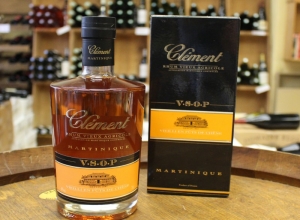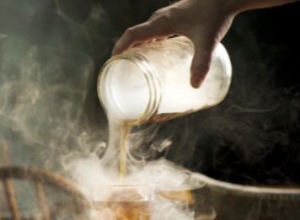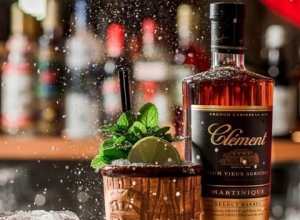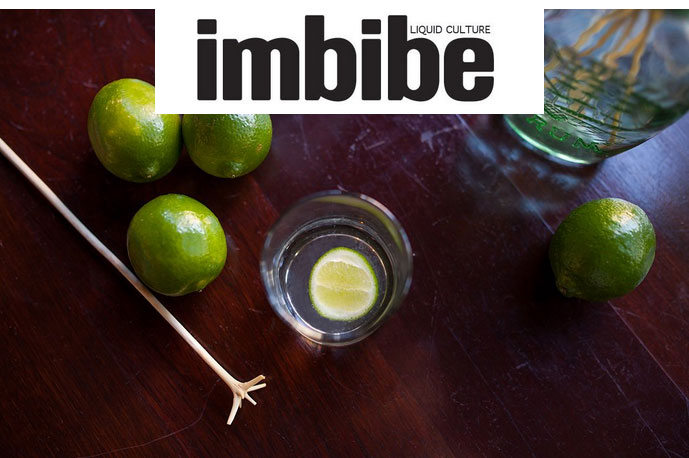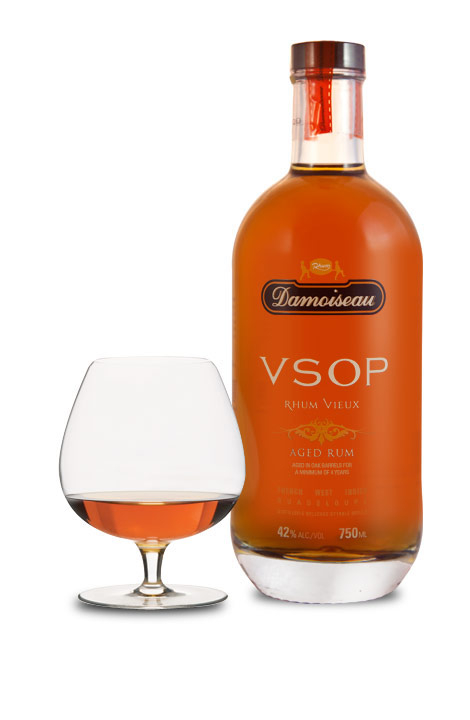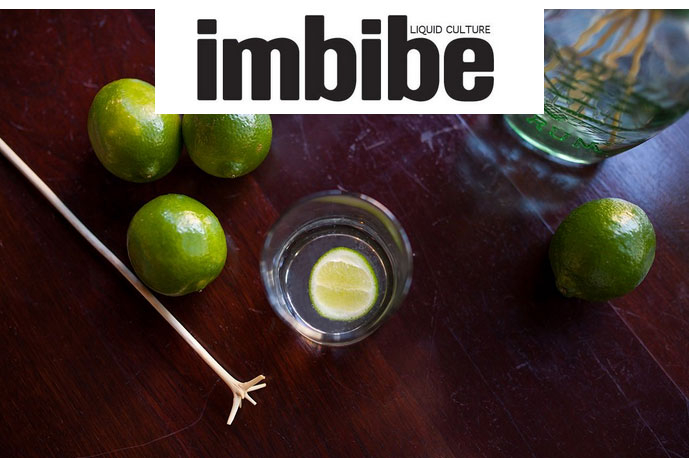
France is a little ahead of us when it comes to appreciating an old school spirit called rhum agricole. Step inside any decent cafe in Paris and you’ll find rhum with a “h” displayed prominently on the back bar; it’s been this way for nearly one hundred years.
“Rhum, with its grassy, vegetal, garlic, truffle, and just plain funkiness, maybe isn’t for everyone’s palate,” notes Scott Schuder, who helms the renowned tiki hideout Dirty Dick in Paris’s hip South Pigalle neighborhood. “But here, where we have close roots to the French islands, it’s a tradition,” he says. Rhum agricole is a must for booze-forward staples like the Ti’ Punch and at Dirty Dick, Schuder and his team regularly use it to add more complex flavor to standard tropical recipes. His preferred preparation, though: neat.
Where many mass-produced rums are heavy and a little one-note, rhum agricole is all about freshness and complexity. Many consider it to be the purest expression of rum—the best rhum agricole is at once delicate and dynamic. Strictly controlled by the French government in the West Indies, it’s made from locally grown sugarcane that’s cut, ground, and pressed into fresh juice. Over the course of two to three days, this fluid ferments before being distilled and rested in stainless steel or aged in wooden barrels. The result: an intensely grassy, earthy spirit that’s a world apart from the syrupy characteristics of many big-brand white or dark rums made from molasses, the by-product of sugar production.
Set side by side, rhum stands tall compared to its cousins in the category. It’s generally higher proof, and made with a single ingredient, whereas industrial rum is made with molasses and often additives like caramel. And while cachaça producers in Brazil do use sugarcane, they mix it with roasted cereals before distillation.
“It has a funk that no other rum has,” says Miami rum master Robert Ferrara. The head bartender behind The Rum Line in South Beach fawns over agricole for its aromatic and vegetal side, “It essentially tastes like wet earth.” If you’re wondering whether spirits can reflect terroir, it’s time to get tasting.
You’ll find unaged rhums as well as a range of aged versions as you explore; we recommend starting with one of these four fantastic bottlings.
Clément VSOP Rhum Agricole Vieux (~ $40)
This is one of the most charismatic rhums you can buy: with each sip you’ll discover sparks of nutmeg and pepper accompanied by dried apricot, coconut, and banana crème brûlée. Clément’s distillery on the east coast of Martinique uses new oak barrels to kick off a four-year aging process for the VSOP and finishes with retired and re-charred bourbon casks. The double-charring technique imparts extra smokiness and spice to the fresh-cut cane’s grassy features without disturbing the beautiful fruit flavors brought on by the oak.
How to Drink It: While Clément VSOP certainly shines on its own, this light copper-colored rhum can radically transform your Old Fashioned from syrupy to sublime. It’s bolder and lighter than a bourbon or rum Old Fashioned, and especially tasty if you use a combination of Angostura and Bittermens Xocolatl Mole Bitters. Want to get really fancy? Flame your orange peel to complement the smoke from the re-charred casks.

